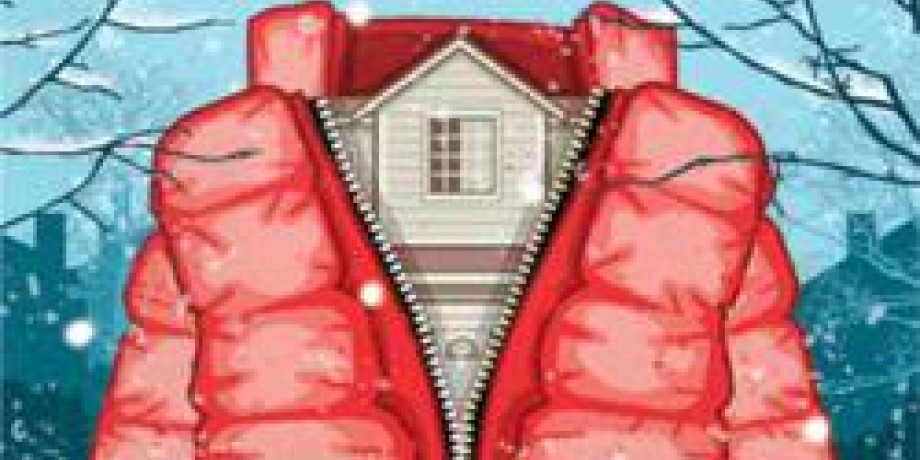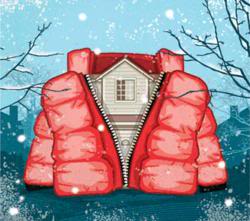Smart Ways to Prepare Your Home for

by Mark Row
Are you ready for the cold?

End of summer is the best time to prepare and protect your home for winter. There are several things you can do that will make your home energy-efficient. Cleaning gutters, caulking or insulating are basic must do jobs. You could add one more layer of insulation in your loft or under floors if the existing insulation is not sufficient. Homeowners can save up to 20% on energy bills by making these additional changes.
Tips for winterizing your home
Air leaking could be a big problem and cause a massive heat loss. They are usually located near windows or doors and are relatively easy to find. Bigger problems are the hidden holes in loft insulation or in the basement. All you need is to seal the cracks around doors and windows or any other holes that goes through the walls with sealant or mortar. If you have weatherstrips on your doors and windows, you should check and replace them with new ones if they are damaged or warn.
Apply a special insulation film to all windows to reduce the heat transfer through the glass and seal off any old air conditioning vents if you are not using them.
Insulation keeps heat in your home in the same way that your coat keeps you warm when it’s cold outside. Several types of insulation are commonly used: glass or rock wool or rigid insulation board. If insulation is installed properly it can provide both comfort and lower electricity bills. When air is not moving through or around it you can count on great insulation results. We recommend to all homeowners to insulate their home thoroughly but if you just want a quick fix the easiest place to add insulation is the loft.
Read more about Different Loft Insulation Products and the Importance of Insulation, Vapor Barrier and Ventilation for a Complete Loft and Building Insulation.
Regular chimney maintenance is necessary. Damper must be closed and a chimney cap must be in place if you don’t plan to use the fireplace.
Gutters need to be cleaned before heavy rains and snow set in. You have to inspect if there are holes that during the winter could cause leakage and structural damaging to a building.
Before the onset of winter, test your heating system. If you notice any irregularities they must be eliminated or call a professional if the job is too complicated for you.
Ducts are used to spread conditioned air throughout the whole house. About 20% of the air that moves through the system is lost due to cracks and leaks. As a result you will get higher bills and lower temperature, no matter how the thermostat is set. Regular controls and repairs of the system are required. But be careful, some ducts are concealed in walls, especially in the old buildings.
If you found this article to be helpful, please share it with your friends on Twitter, Facebook and Google+.



























































































































